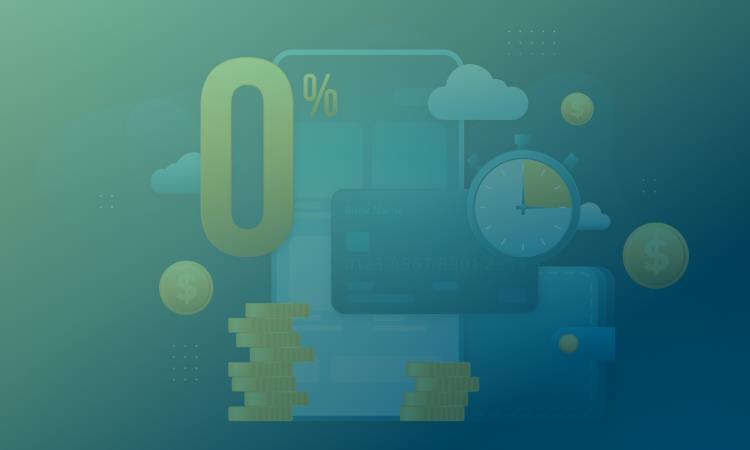If you could get a loan approved in seconds without paperwork, would you expect anything less next time? For millions of consumers, that expectation has already become reality. The global digital lending market, valued at over $400 billion in 2024, is moving into its next phase, one defined by instant credit, AI-powered underwriting, and lending embedded directly into everyday platforms.
This transformation, known as Digital Lending 2.0, is rewriting how credit is delivered, consumed, and managed. It’s not just about speed; it’s about intelligent decision-making, hyper-personalization, and a seamless user journey. But as opportunities grow, so do challenges, from compliance risks to market saturation.
In this blog, we unpack the shift from Digital Lending 1.0 to 2.0, explore the technology making instant credit possible, and spotlight the players shaping the market in 2025.
From Digital Lending 1.0 to 2.0
The first generation of digital lending platforms focused on digitizing the loan application process. Customers could apply online, but behind the scenes, the system still relied on manual KYC checks, static credit bureau data, and delayed disbursals. Approval could take days.
Digital Lending 2.0 changes everything. Instant decisioning is now the norm. AI and machine learning models assess creditworthiness in seconds. APIs connect directly to KYC providers, payment processors, and credit bureaus. Embedded finance integrates lending into e-commerce checkouts, travel bookings, and gig worker apps.
This shift is driven by four key forces: the boom in BNPL, the rise of cloud-native lending platforms, deeper API integrations, and consumer demand for frictionless, anytime credit. The result? Lending becomes invisible, available where and when it’s needed.
Inside the Instant Credit Ecosystem
The instant credit experience depends on a tightly integrated ecosystem. At its heart lies AI-driven risk assessment, combining traditional credit bureau scores with alternative data such as mobile usage, utility payments, and social commerce activity.
Digital KYC enables real-time identity verification using biometrics, e-signatures, and government database lookups. Open banking data provides verified income and transaction histories in seconds, reducing fraud and false approvals.
Loan origination and management happen on cloud-based systems, automating everything from repayment tracking to delinquency alerts. API marketplaces allow lenders to plug in new modules, from fraud detection to loyalty rewards, without disrupting operations.
The ecosystem is vast, involving digital lenders, neobanks, embedded finance providers, BNPL fintechs, and RegTech vendors. Each plays a role in making instant credit not just possible, but scalable.
Technology Enablers Powering Digital Lending 2.0
The leap from 1.0 to 2.0 wouldn’t be possible without a new tech stack. Artificial intelligence and machine learning continuously refine underwritten models, predicting defaults more accurately over time.
Cloud-native lending platforms allow lenders to scale rapidly while maintaining cost efficiency. Blockchain and smart contracts are emerging to handle loan execution transparently, cutting manual intervention and dispute risks.
Open finance APIs make onboarding faster, pulling verified account data instantly. Decision engines and low-code platforms give lenders flexibility to tweak lending rules without long development cycles. Together, these enablers remove bottlenecks that once slowed credit delivery.
Trends Shaping Instant Credit in 2025
The embedded lending trend is perhaps the most visible. Whether booking a flight or hailing a ride, credit offers now appear at checkout. BNPL products are evolving beyond small-ticket purchases, entering regulated personal loan territory.
Data is also changing. Alternative data sources are exploding, from payroll APIs to subscription payment histories. Lenders are using behavioral analytics to create hyper-personalized credit offers with tailored terms and repayment options.
However, regulators are paying closer attention. BNPL and instant credit products face stricter oversight, particularly around affordability checks and transparency. The winners will be those who embrace compliance as a feature, not a hurdle.
Challenges and Risk Factors
With speed comes risk. Thin-file customers, those with limited credit histories, present higher default potential. Balancing financial inclusion with prudent risk management is tricky.
Regulatory compliance is another challenge, as lending rules vary across jurisdictions. Fraud risks, particularly synthetic identities, are amplified in instant credit scenarios. Without strong KYC, approvals can be exploited.
Over-indebtedness remains a concern. Without proper affordability checks, instant credit can trap borrowers in cycles of debt. Finally, integrating multiple APIs and data sources adds operational complexity that can slow deployment if not managed well.
Case Studies: Market Leaders in Action
Affirm has built a reputation on transparent BNPL offers with instant approvals. Tala uses mobile data to underwrite microloans in emerging markets, unlocking credit for underserved populations. Zest AI empowers credit unions with AI-driven decisioning that boosts approvals without increasing risk.
Klarna combines instant credit with a curated shopping ecosystem, driving both lender and merchant value. Ant Group exemplifies embedded lending at scale, offering loans seamlessly within its super-app environment.
These leaders share common traits: rapid approval speeds, innovative risk models, strong customer experience, and robust compliance frameworks.
Best Practices for Implementing Instant Credit
Lenders entering the instant credit space should start with a compliance-first design, embedding KYC, AML, and affordability checks from day one. Adopting modular lending platforms ensures features can be rolled out quickly without major rebuilding.
Using explainable AI helps maintain trust with both regulators and customers. Integrating multi-source data, from traditional bureaus to alternative feeds, improves accuracy. Above all, the customer journey must be smooth, minimizing friction while upholding due diligence.
Conclusion: The Future is Real-Time, But Responsible
Digital Lending 2.0 has made instant credit an expectation rather than a luxury. The platforms that succeed will be those that deliver speed without sacrificing risk controls or consumer trust.
As technology advances, the next frontier will be real-time lending ecosystems that are predictive, personalized, and deeply embedded into everyday life. For lenders, the opportunity is massive, but so is the responsibility.
If you’re building in this space, now is the time to combine innovation with integrity. Because in lending, trust isn’t just a feature; it’s the foundation.

